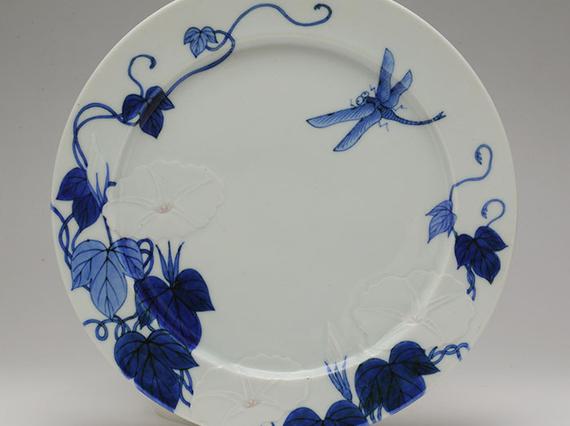
About Masters of Japanese Porcelain
In the late 19th century, new markets and technologies inspired innovation in the Japanese ceramic industry. This exhibition focused on four of the finest potters of this period.
The late 19th century was a time of great upheaval and innovation for artists in Japan, with a reordering of the social structure disrupting established patterns of patronage and artistic production, and currents from the outside world inspiring new directions.
In 1890 the Japanese government instigated the Imperial Household Artists system to recognise and support mature artists who had achieved a level of success and renown within their respective crafts. These figures were intended to set the bar for the quality expected of other artists, and also to supply pieces to the imperial court.
The first ceramic artist to be appointed, in 1893, was Seifū Yohei III (1851–1914). He was joined three years later by Miyagawa Kōzan (1842–1916). In 1917, after the death of these two ceramic greats, both Itō Tōzan I (1846–1920) and Suwa Sozan I (1851–1922) were appointed.
Though based in different areas of Japan, all four men worked primarily in porcelain and were striving to adapt their art to the new ceramic technologies and aesthetic demands of the era. Both the continuing stature of Chinese arts in Japan and intense competition for a share of the export market led them to emulate works from the continent, particularly the refined monochrome wares of the Qing dynasty. They strove to create works of refined subtlety through repeated experimentation with new firing techniques and glazes.
Their most prestigious creations were grand and impressive presentation pieces for the court, but they were also capable of small-scale works for humble enjoyment.
The exhibition highlighted the generous donation of a large group of Japanese and Chinese ceramics by David and Anne Hyatt King, formed over half a century.
Exhibition highlights
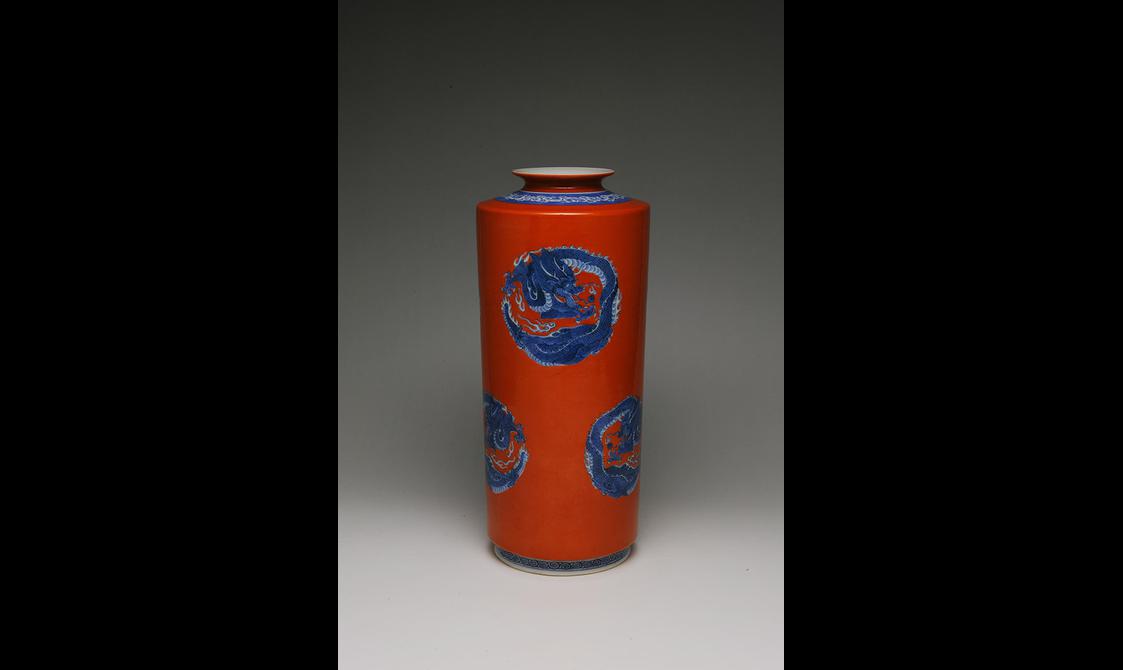
Red baluster vase of porcelain with blue dragon roundels: Japan, by Seifu Yohei III, c. 1890
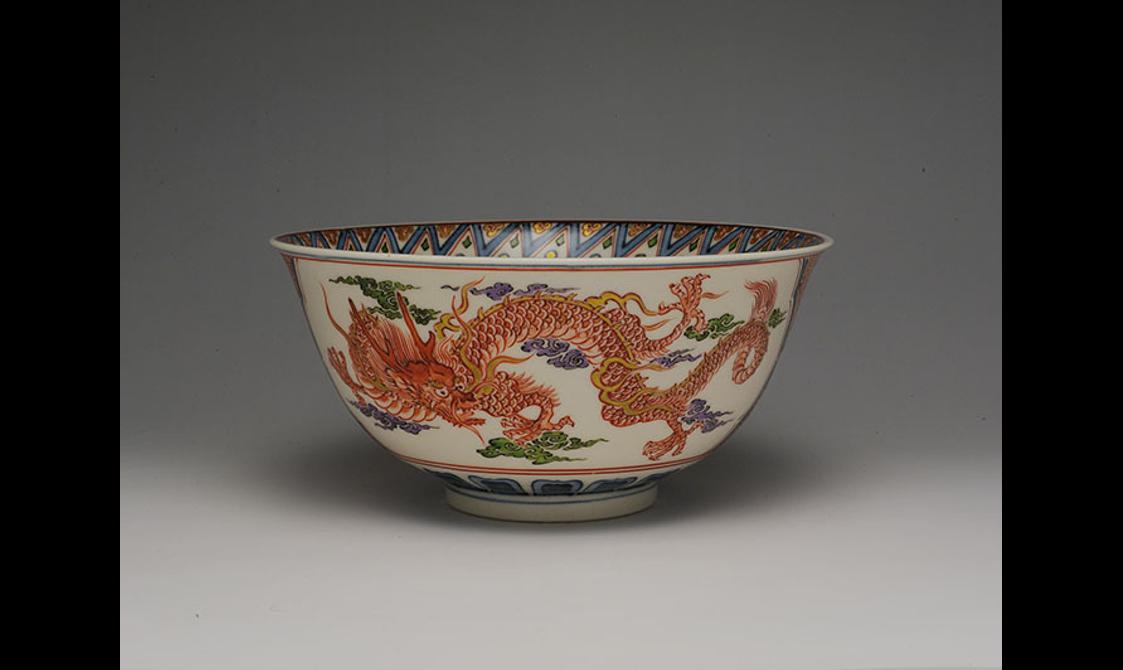
Bowl of porcelain with overglaze decoration of a dragon and a phoenix, with wooden storage box: Japan, by Ito Tozan I, 1920
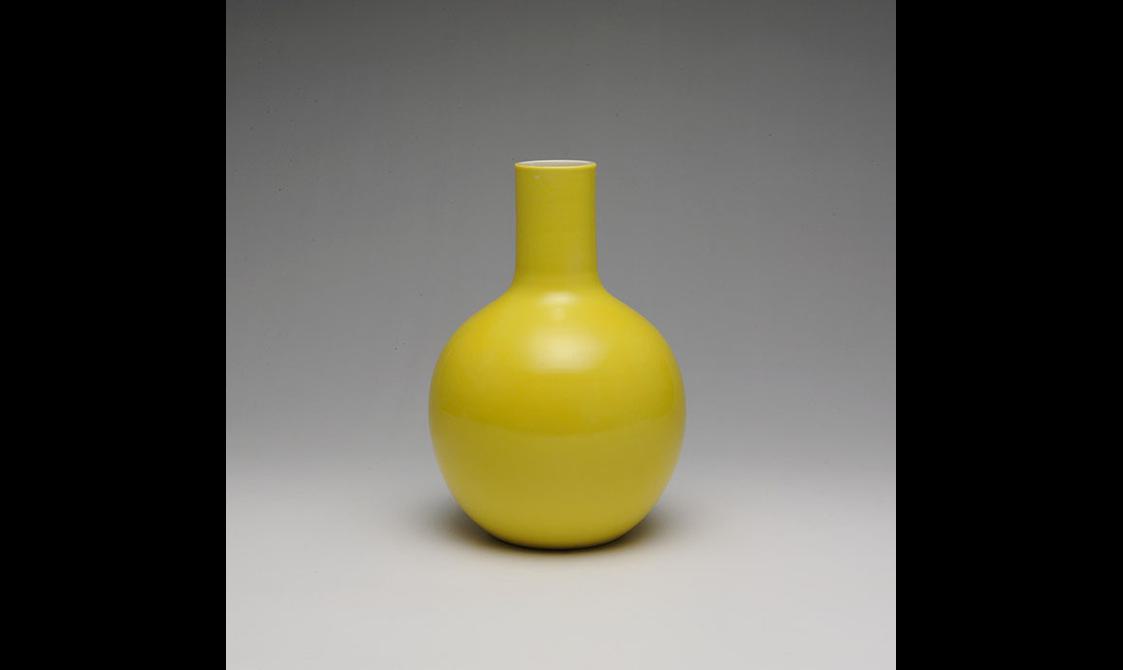
Globular vase of porcelain with glaze emulating chicken-fat yellow of the Ming dynasty: Japan, by Seifu Yohei III, 1890s
You might also like
- Discover
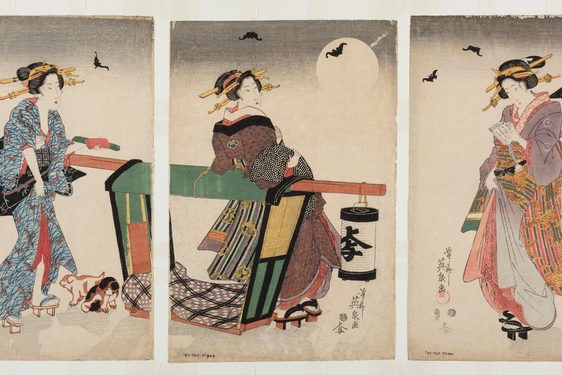
An introduction to our Japanese collection
There are over 12,000 objects in our Japanese collection. Explore highlights and learn about some of the different areas, from tiny netsuke to cutting edge designs.Keep reading - Discover
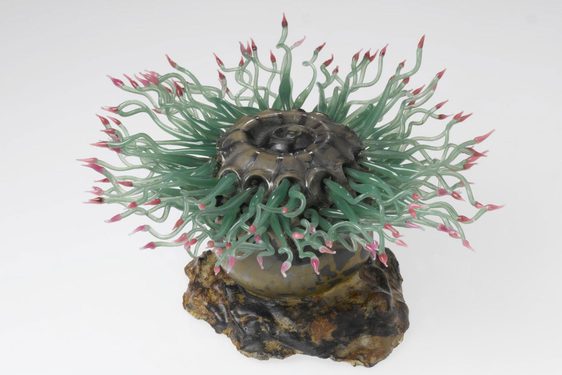
The glass artists who mastered museum models
During the late 19th and 20th centuries, master glass artists Leopold and Rudolf Blaschka came upon a niche market. Glass models of plants and sea life for natural history museums.At National Museums Scotland, we have a collection of these…Keep reading - Discover

A silversmith who combines handcraft and technology
Scottish silversmith Hamish Dobbie was commissioned by the P&O Makower Trust to create a piece for National Museums Scotland. Dobbie is part of a new generation of makers who combine traditional hand skills with innovative…Keep reading